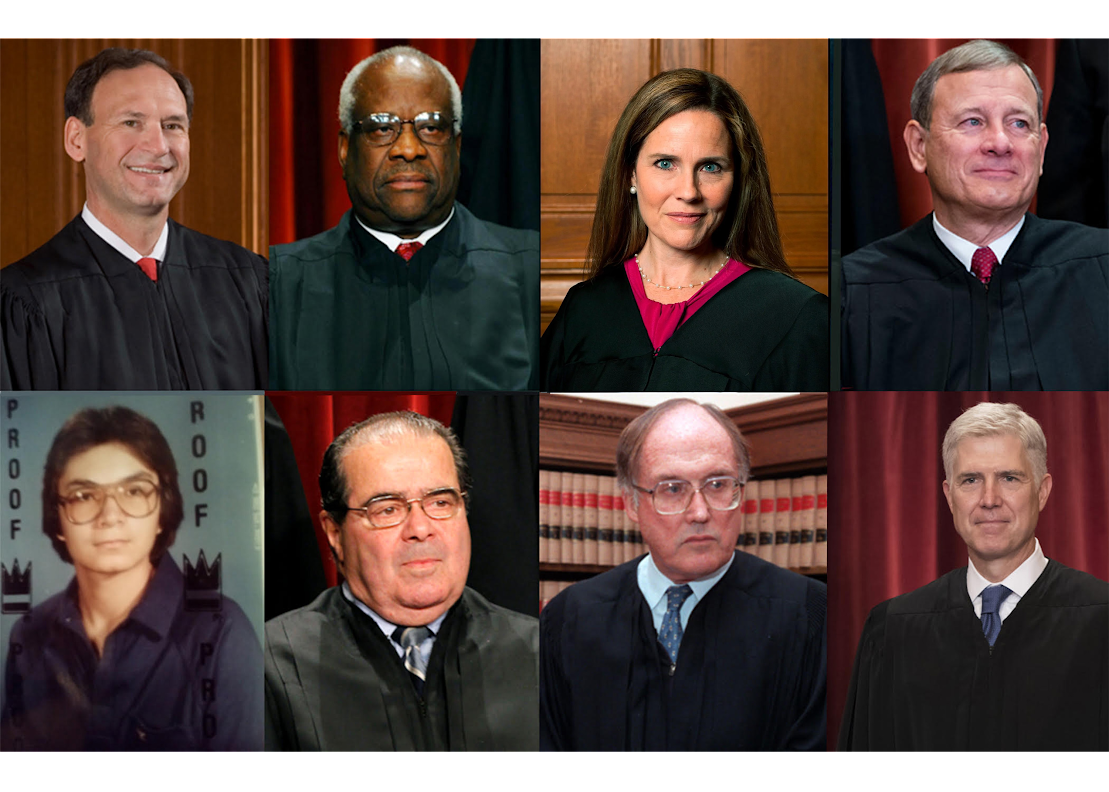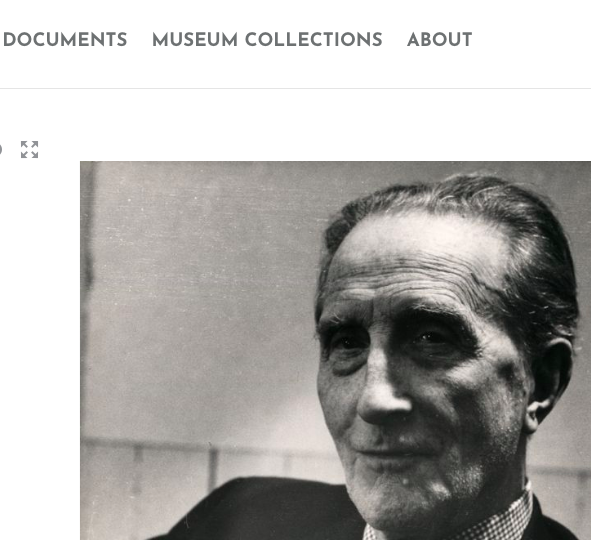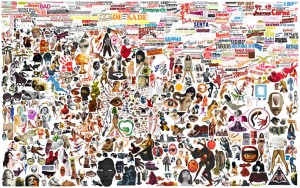Terry Hart, over at Copyhype, has written a must read article on the conflict between the First Amendment’s free speech clause and copyrights, particularly as to how this conflict affects artists and creative individuals.
Hart rightly summarizes, via two cases (Harper & Row v. Nation Enterprises and Eldred v. Ashcroft), how copyright law has built-in safeguards against the censoring or abridgment of speech.
First Amendment concerns are adequately addressed by “copyright’s built-in free speech safeguards.” It noted two of those safeguards: the “idea/expression dichotomy” and the doctrine of fair use. It also suggested that there are supplemental safeguards, like copyright law’s exceptions for libraries and archives.
It gets more interesting. Hart goes on to argue that although this free speech/copyright conflict has gained enough attention from legal scholars, what has not gained enough attention is how this free speech/copyright conflict affects what he calls the infringees (artists and creators), or what I call original producers.
But something is missing in the discussion about copyright and the First Amendment. For all the attention given to the First Amendment concerns of alleged infringers, there is scant attention devoted to the First Amendment concerns of infringees – artists and creators.
And it gets more interesting still. Hart goes on to argue that historically speaking, art has taken a second-class status vis-a-vis political speech, and many times this second-class status is warranted (art as entertainment for example). However, what strikes me as even more interesting is the similarities between Hart’s argument and those of David Mamet.
In many ways, the copyright incentive provides the most free method to spread new ideas. We don’t have to rely on the wealthy to fund whatever expression captures their fancy. We don’t have to rely on government to fund whatever expression it deems serves the state. Instead, we have a society where the values of artistic expression – as beauty, sublime, frivolity, or entertainment – and the value of artistic expression is determined solely by its members and the market.
Mamet argues the same thing in his most recent book, Theater. Don’t leave aesthetic sensibilities and artistic production to government funding and private donors; let the market itself regulate artistic production. This market regulation, Hart argues, is what copyright grants creators of artistic works. Hart concludes,
Any discussion of free expression rights which focuses on the rights of only one side (the alleged infringer) while ignoring the other (the infringee) is incomplete.
Kudos to Hart for writing this cutting-edge and timely article.








